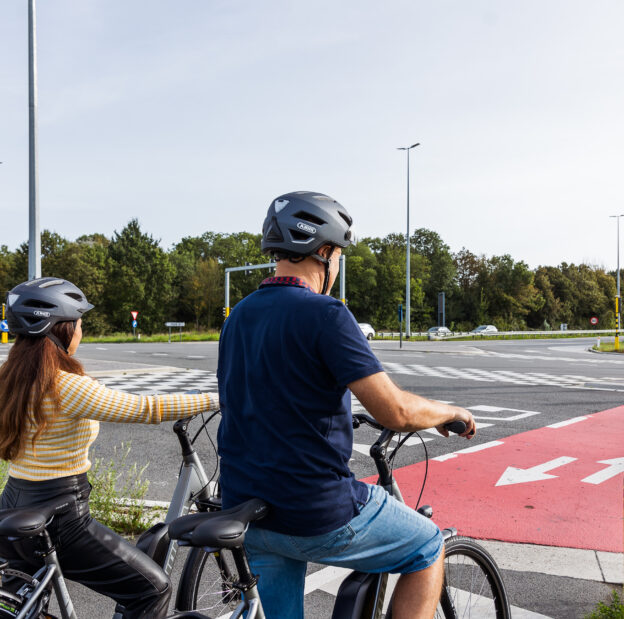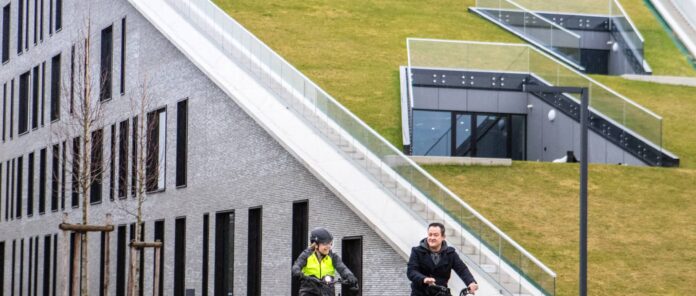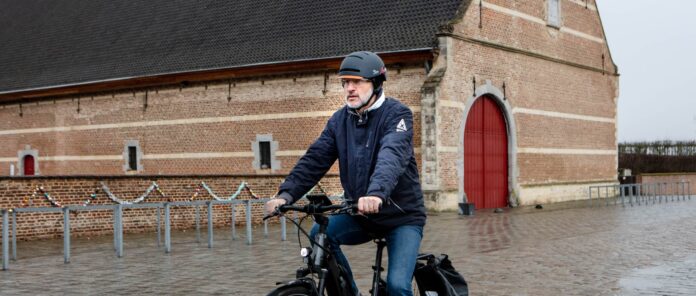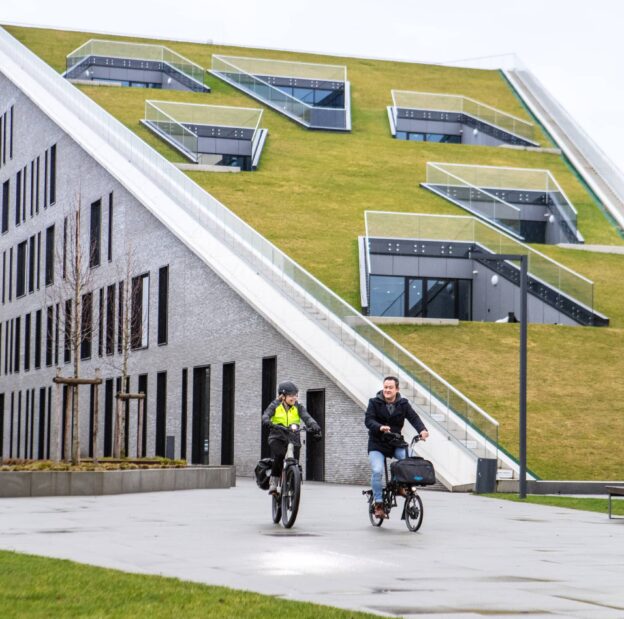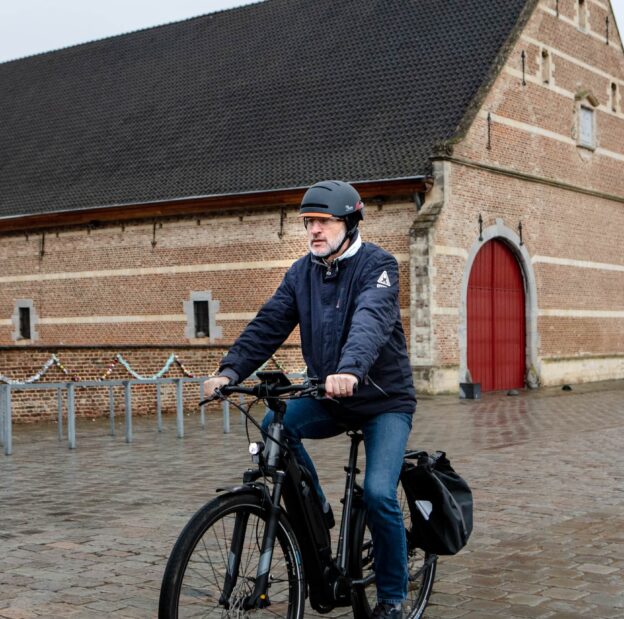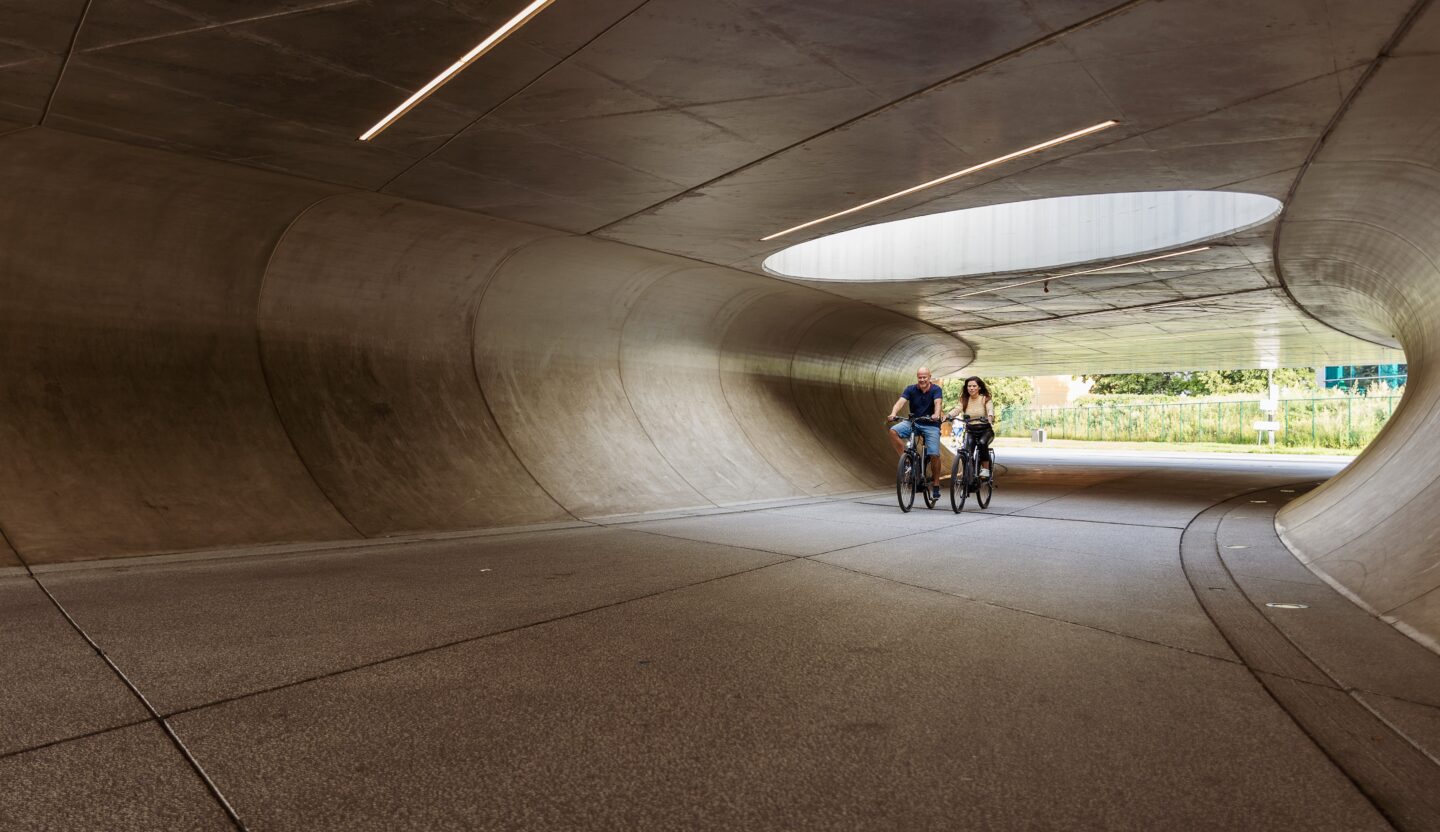
Mobility trend: from possession to use
In recent years, we have increasingly seen the shift from possession to use. For example, who still buys CDs when you can listen to any song within seconds via Spotify? We also see this trend in the mobility sector. People lease a bike or car instead of buying it. Share systems are also on the rise. And this has both financial and environmental benefits.
The popularity of lease bikes
People are increasingly leasing a bicycle instead of buying one. It is estimated that there are some 60,000 leased bikes on the market. Bicycle leasing has several advantages:
- Cyclists pay a monthly fee instead of coughing up the amount all at once.
- Bike leasing is tax-advantaged. This allows the employee to choose a more expensive model including accessories without feeling it in his wallet.
- Cyclis provides a maintenance budget of at least €300 for each cyclist. Cyclists can increase this budget depending on their needs. Thus, they have no worries about unforeseen costs of maintenance or repairs.
- Lease bikes are insured against damage and theft throughout Europe. Breakdown assistance can also be included in the lease contract.
- After three years, you can return your bike and lease a new one. That way you are always driving around with a new model.
But is that really sustainable, leasing a new bike every three years? And then what happens to the “old” bike?
Daisy Romih, Head of Growth at Cyclis: “When an employee leaves employment or does not take over his bike after the lease period, the bike is returned to us. Together with E-bis, we give these lease bikes a second life. E-bis replaces any parts that are damaged and extensively tests the bikes. Thanks to this cooperation, we can handle our bikes sustainably after the lease period and contribute to circular economy.”
Currently, some 20,000 employees lease a bicycle from Cyclis. We asked one of our cyclists about the reasons they chose leasing rather than buying at the time:
Annelies De Roek, Product Development Officer at Partena:
“About 5 years ago, I changed jobs and suddenly found myself living within biking distance of my work. I always did the 10 km one-way ride to the office by bike since then. And even in our spare time, we rarely need the car.
It was only after the birth of our second child that the realization that transporting a toddler as well as a baby on a bicycle was not a given. But as if by agreement, from that year on, my employer worked with Cyclis. And I took advantage of it immediately!
Meanwhile, we have been riding our leased Urban Arrow cargo bike for just under 3 years. In addition to the convenience of the bike, I am always at ease on the road because the bike is insured, has breakdown assistance and a maintenance budget. Trips, errands, bike rides, … everything fits in and succeeds back by bike!”
Share bikes are also on the rise
According to carsharing.net, there are over 13,000 share bikes and more than 153,000 users in Belgium. Share bikes are often used to cover a portion of the commute. A good example is train passengers who transfer at the station and then bike to their final destination. Share bikes are also commonly used for short trips around town and travel between different business sites. Some share bikes are tied to a fixed location, such as Blue-bike’s blue bikes. The main purpose of these bicycles is to facilitate the onward transportation of a trip by public transportation. You can use a badge to borrow a bike at these fixed points.
A second major category of share bikes can be summarized under the heading of “free floating” share bikes (Cloudbike, Mobit, Donkey Republic, Billy, Lime). Users can access these bikes via a smartphone app and then leave them where they want after the ride.
From owning a car to car sharing
Everyone knows that a car is a big expense, even if it is stationary. People who live in a big city usually do not need a car because everything is easily accessible by bicycle or public transportation. And then why should you have your own car if it sits idle 95% of the time? Cambio allows you to borrow a car when you need it. Currently, the Cambio community has more than 50,000 members.
Leased cars remain popular
The corporate leasing market is growing rapidly and consists of some 450,000 cars. Recent SD Worx research shows that 23% of employees have a company car.
Private leasing is currently still a slow story in our country. This market currently represents only 15,000 vehicles. The benefits of a leased car are similar to those of a leased bicycle. With a lease, you know in advance what the car will cost you monthly. So you don’t have to worry about unexpected repair costs or damage. After a few years, you can return the car and lease a new one. That way you are always driving around with a new model.
We see that more and more people who used to buy a car or bikes are today looking for other solutions. Are you still hesitating between buying or leasing a bike? We explain everything to you in our blog article.



